SAPPORO
WINTER JEWEL OF THE NORTH
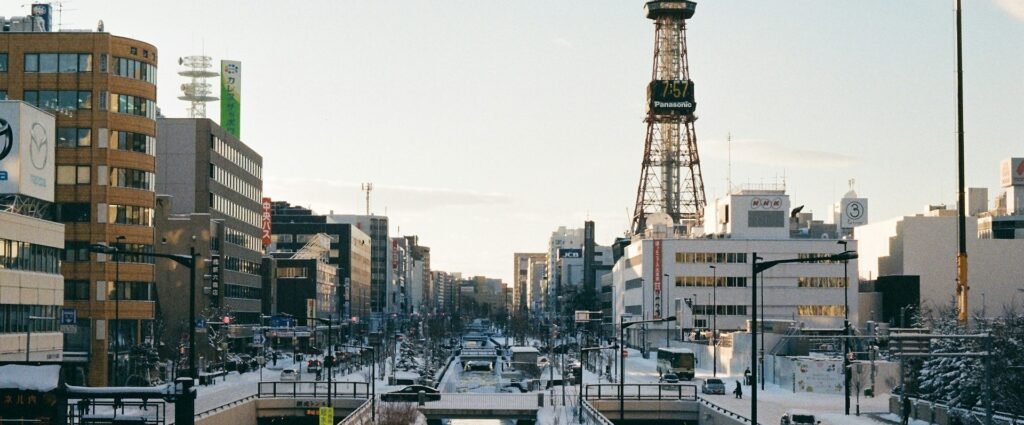
Sapporo, the capital of Hokkaido, Japan’s northernmost island, is a vibrant city that seamlessly blends urban sophistication with natural beauty. As the fifth-largest city in Japan, it boasts a population of nearly two million and serves as the political, economic, and cultural hub of the region. Known for its snowy winters, Sapporo gained international fame as the host of the 1972 Winter Olympics and continues to draw visitors with its annual Snow Festival, held every February, featuring stunning ice sculptures. The city’s name, derived from the Ainu language meaning “important river flowing through a plain,” reflects its historical roots with the indigenous Ainu people, whose culture still influences the area today. With its grid-like street layout—a rarity in Japan, inspired by Western urban planning—Sapporo offers a refreshing contrast to the winding streets of cities like Tokyo or Kyoto.
It helps keep this site running, and we appreciate your support!
Sightseeing
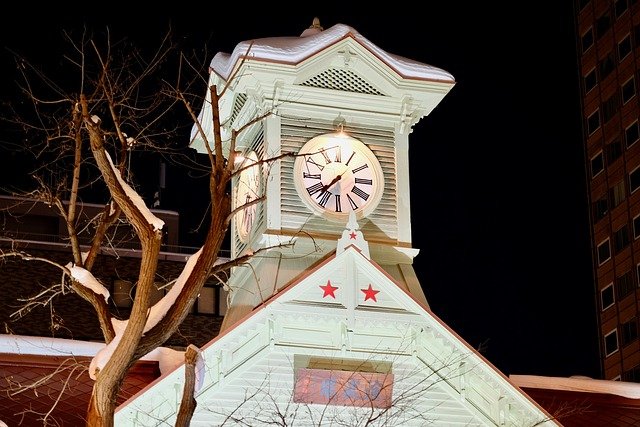
Sapporo Clock Tower
Built in 1878, this iconic structure is one of Sapporo’s oldest surviving buildings and a symbol of its early Western influences. Originally part of a military drill hall, it now houses a small museum detailing the city’s history, complete with a working clock that still chimes. Its modest size is dwarfed by surrounding high-rises, but its charm lies in its historical significance and photogenic simplicity, especially against a snowy backdrop.

Odori Park
Stretching over 12 blocks through Sapporo’s center, Odori Park is a green oasis that transforms with the seasons. In winter, it hosts the Snow Festival’s dazzling sculptures; in summer, it’s a venue for beer gardens and flower displays. The Sapporo TV Tower at its eastern end offers a vantage point for panoramic views, making it a must-visit for both nature lovers and festival-goers.
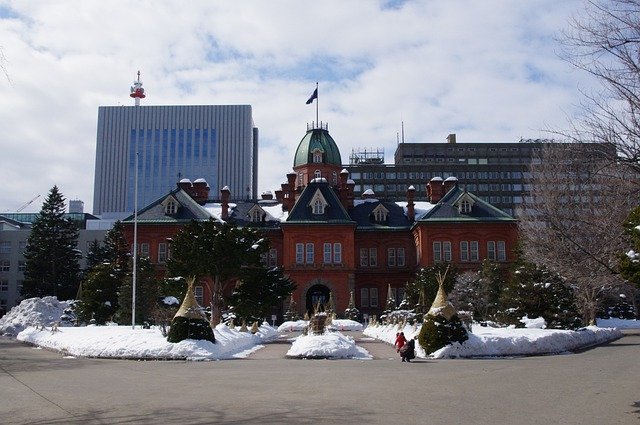
Former Hokkaido Government Office
This red-brick building, completed in 1888, showcases Meiji-era architecture and Sapporo’s pioneering spirit. Inside, a free museum explores Hokkaido’s development, while the surrounding gardens bloom with cherry blossoms in spring and fiery leaves in autumn. Its central location near Sapporo Station makes it an easy stop for history buffs.

Sapporo Beer Museum
A pilgrimage for beer enthusiasts, this museum traces the history of Japan’s oldest beer brand, brewed in Sapporo since 1876. Free self-guided tours (with English QR codes) end in a tasting room where you can sample exclusive brews like Sapporo Classic. The adjacent Beer Garden serves hearty Genghis Khan lamb BBQ, adding a tasty twist to the experience.
Activities
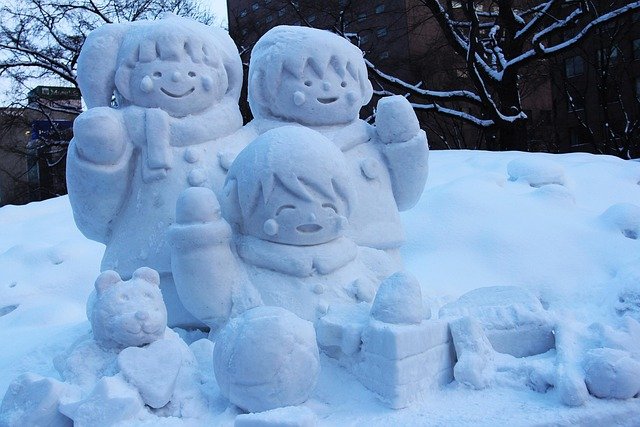
Sapporo Snow Festival
Held annually in early February, this world-famous event turns Odori Park, Susukino, and Tsudome into a wonderland of snow and ice sculptures. Bookable tours on Tripadvisor include guided walks to marvel at intricate designs, often paired with warm drinks or local snacks. It’s a bucket-list winter experience, though expect crowds and chilly temps.
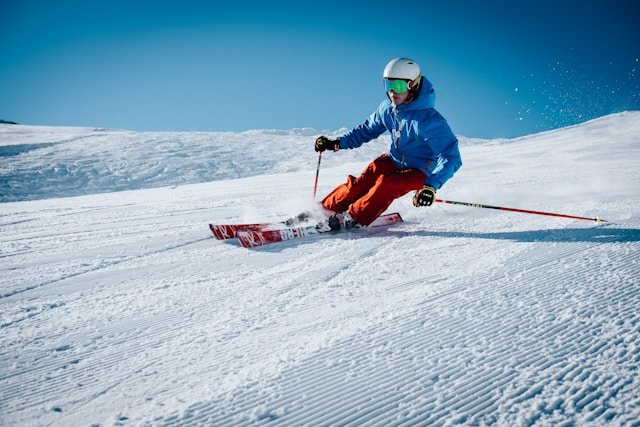
Sapporo Teine Ski Resort
Just 40 minutes from downtown, this ski resort offers slopes for all levels, bookable via Tripadvisor with lift passes and gear rentals. Lessons for beginners and snowboarding options make it versatile, while the Olympic legacy (from 1972) adds a cool vibe. Ideal for a day of winter thrills.
